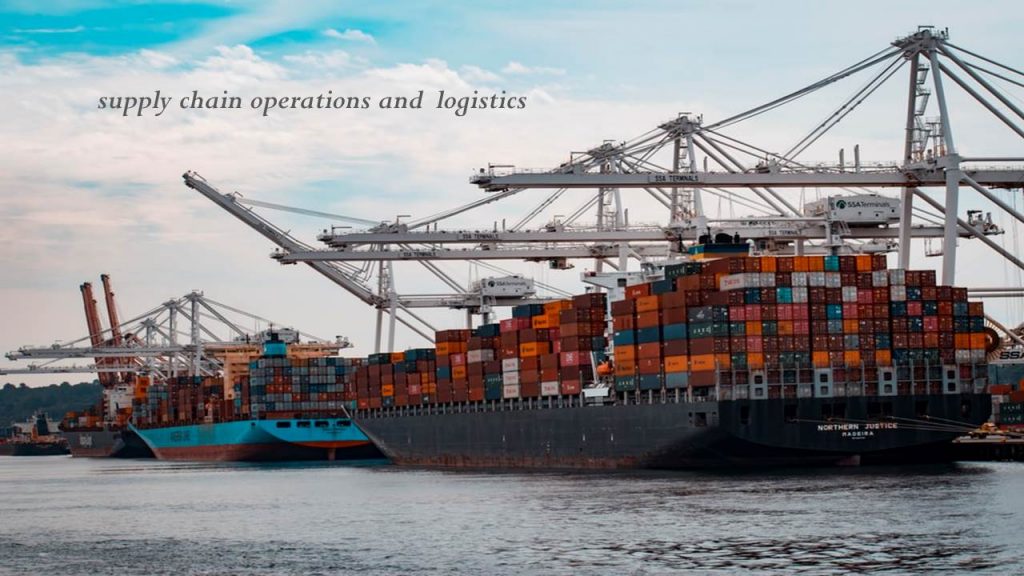Supply is linked to the action and consequences of supplying. This verb refers, in turn, to provide what is necessary for survival.
It can be said, therefore, that the supply is an activity that consists of satisfying, at the appropriate time and in the proper way, the needs of the people concerning the consumption of some commercial resource or product.
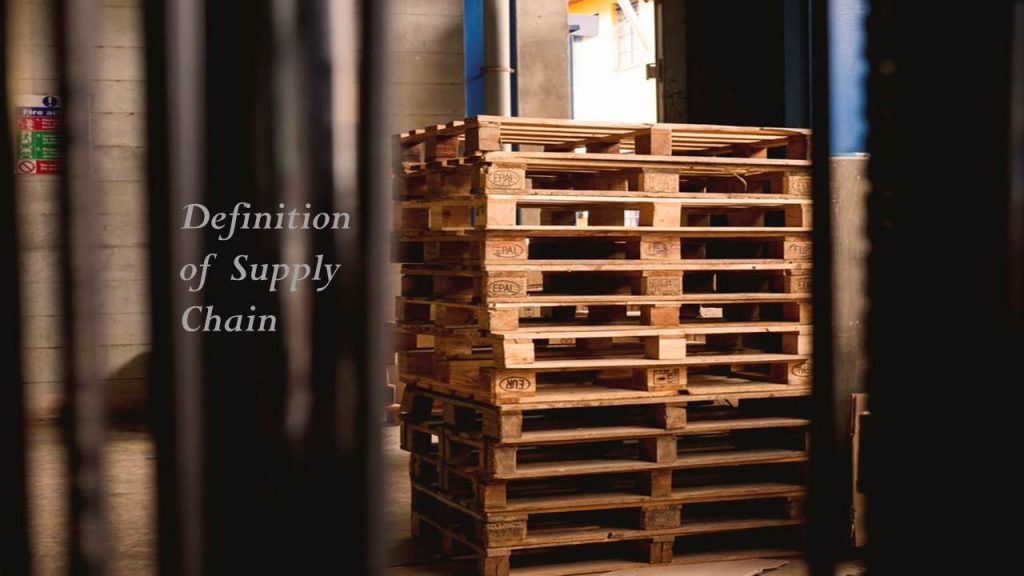
Table of Contents
Definition of Supply Chain
On an economic level, supply is linked to logistics and the supply chain. This chain must anticipate consumer demand and ensure the delivery of products to distributors, to avoid depletion of units for sale.
Interestingly, some companies, especially manufacturers of electronic products, use the lack of stock as a point of sale. Since to reach that point, it is necessary to have much success with the proposal.
It should be clarified that the terms logistics and supply chain are not the same. Logistic services are the operational part of the supply chain; the latter concept encompasses the activities, processes, products, and services that facilitate the resolution of the needs of a company’s customers.
The elements of the supply chain work connected like a network. And more than supplies, they are multi directional flows and relationships between logistic members.
The supply chain includes other operations, in addition to logistics, such as:
- Planning
- Supply and demand management
- Catering
- Production
- Coordination of partners, suppliers, and customers
- Customer Support
- ROI Tracking
- Unification and collaboration of information between elements
- Storage
- Distribution Flow Management
The precise management of the supply chain ensures the competitiveness of the company, the profitability of operations, and the solution to customer needs.
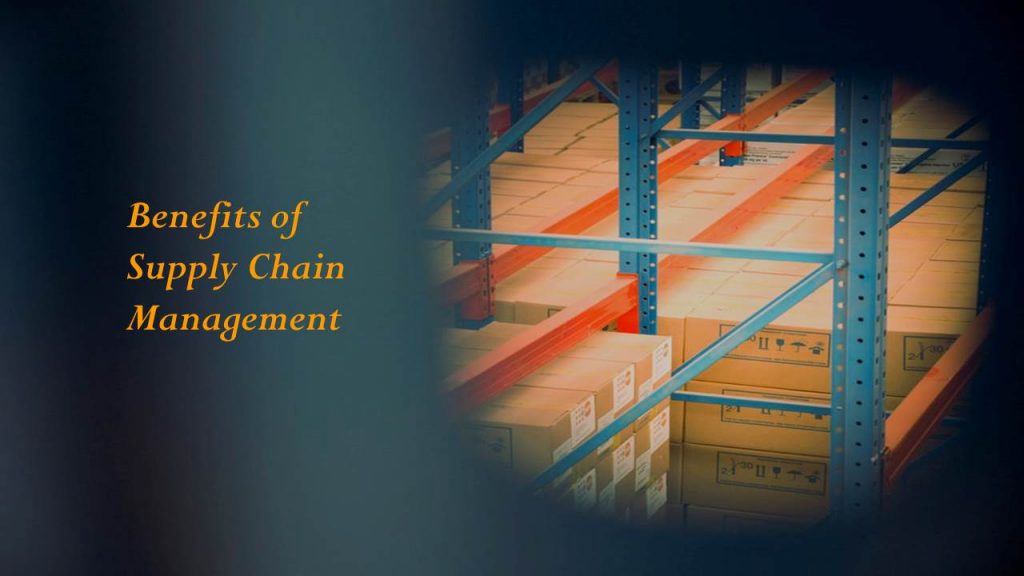
Supply Chain Management Benefits are:
- Efficiency in production processes
- Optimization of delivery times
- Improvement in the shopping experience
- Product control
- Setback reduction
The outsourcing of some elements such as storage and distribution flow allows the optimization of resources and equipment of a company. These expenses can leave a company without capital if the volume of operations is not enough or management is neglected.
A storage provider ensures control of merchandise and optimization of spaces, minimizes waste of merchandise, quantifies and manages inventories, provides flexible operations, value-added services, control, and security policies, as well as high-capacity equipment and updated technologies
For its part, cross-docking is a logistics solution that speeds up distribution flows. That is, this procedure consists of receiving the products, documenting them, selecting them, packing them and sending them in a short time, so storage and management are short.
Well implemented, cross-docking allows the recovery of investment in the production process, favors cost savings, improves customer service and facilitates coordination between participating elements.
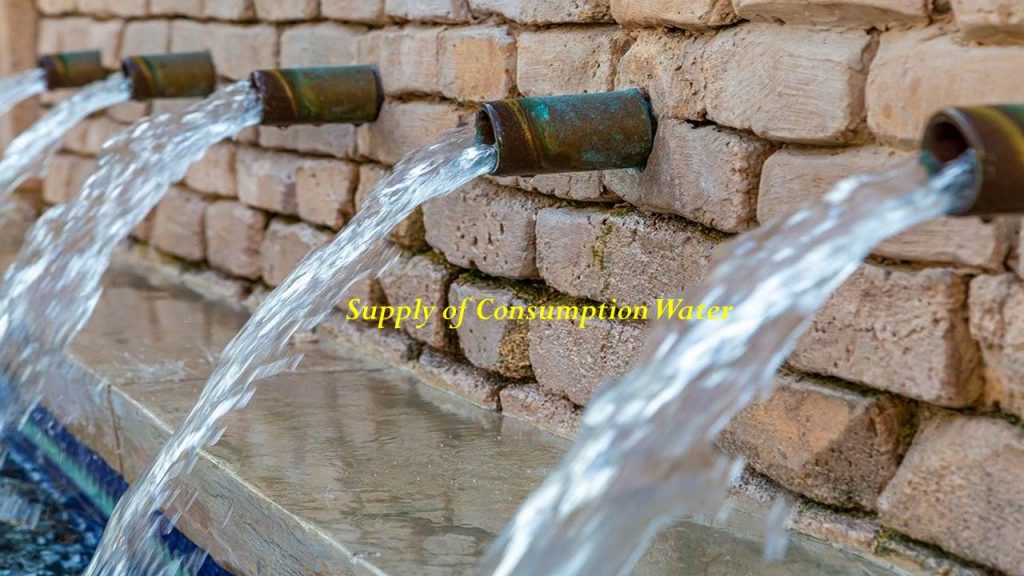
The Supply of Consumption Water:
I know this topic is not necessary at this moment but i feel its our social responsibility to make you aware and educate about it.
Water is a supply that, in certain cities, tends to be taken for granted, given the home delivery system present for decades.
But thirst in the world is one of the most worrisome issues of today; Some specialists predict that by 2025, 3 billion people may lack the water supply needed to live.
For more than 300 years, in several countries, rainwater collection systems have been used for personal consumption.
In Mexico, for example, this hydraulic collection technique is common in certain cities where drinking water has high amounts of salts and produces kidney stones. However, not all people who supply water by these means have the necessary infrastructure to keep the reserves in clean conditions.
Ignorance about the needs of other countries, as well as the low interest in caring for our planet, begins with the government and continues with the schools.
The human being is characterized by acting when the catastrophe arrives. In cities like Buenos Aires, the water supply service is charged with a fixed amount; that is, it does not vary according to consumption.
Water is a Precious Resource to this World: Save the Water
In this way, millions of people waste large amounts of this precious resource, while in other parts of the world, some spend months without renewing their reserves.
On the other hand, in countries where the amount of water consumed is charged, its inhabitants take precautionary measures so as not to overpay.
Unfortunately, this does not mean that these people are aware of the situation outlined above, of the possibility of a global drought within a few decades; they are merely taking care of their economy, with a precise and selfish vision.
The solution, once again, lies in education, in the union of efforts and respect for the environment.
To optimize and optimize the logistic processes and activities involved in supply chain management. It is necessary to quantify and analyze. For this reason,
The variables used must comply with the following characteristics:
- Specific
- Measurable
- Reachable
- Realistic
- Comparable
- Relevant
The indicators may vary according to the type and sector of the company, the objectives, the market, the product, etc., but it is
Supply possible to group them into five broad categories:
- Supply Of production
- Inventory and storage
- Distribution and transfer
- Supply and customer service
- Supply KPIs
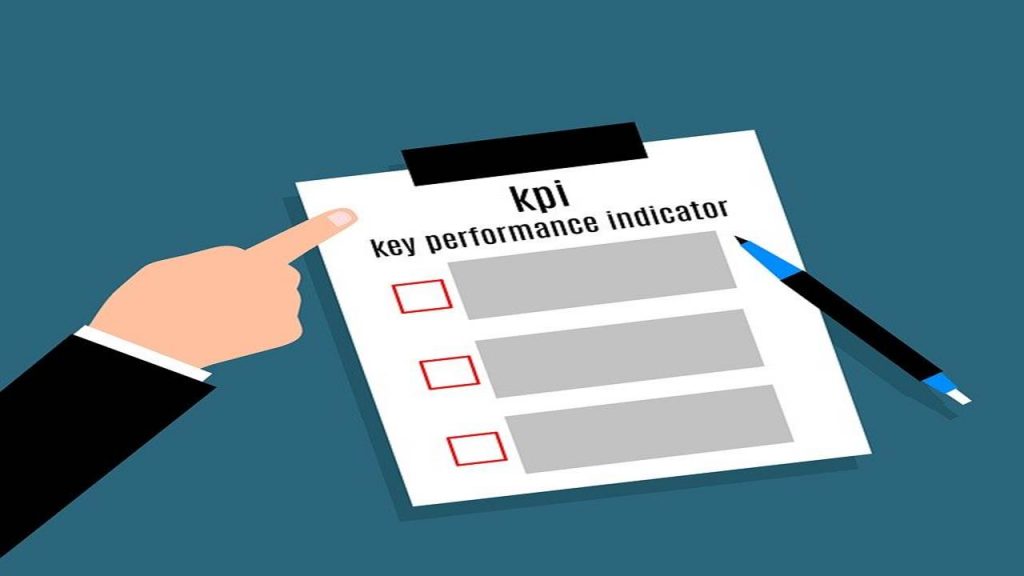
Key Performance Indicators – KPI’s
Both in storage management and cross-docking, it is necessary to implement key performance indicators (or KPIs) that favor the flexibility of the strategies, the adjustments in them and the versatility in response times.
The supply process covers all those activities that enable the identification and purchase of the goods and services that a company or other entity needs to function. The management of the supply chain is responsible for establishing relations between its various components and integrating the activities so that their objectives can be met.
Beyond trade, it could be said that the provision of food to citizens is the most important obligation of a government. Without food, there is no life possible; With a poor diet, development cannot be completed.
In Cuba, finally, the supply book is a notebook that allows you to keep track of the rationed food that the authorities give to the citizens. It is a control system that includes a smaller and smaller quantity of products.
These indicators allow knowing terms of orders and preparations.
Intervals of renewal of inventories of raw materials and other supplies.
- Production KPIs: They provide information on the production capacity, the performance of the equipment and supplies, the level of manufacture of the products, their efficiency, and quality control.
- Inventory and storage KPIs: They provide a precise state of inventory adequacy. Warehouse capacity, flexibility, and performance of solutions to the needs of the supply chain.
- KPI’s distribution and transfer: They provide data on costs and productivity associated with transport management. For example, the ratio of transport cost – profit, operating cost per driver, export cost, among others.
- KPI’s supply and customer service: They have information on the resources invested, on-time deliveries, and their relationship with customer satisfaction.
Efficiency and precision in times, costs, and services are critical to the satisfactory management of the supply chain. And to maintain the competitiveness of the company, the profitability of operations, and the resolution of customer needs.
Several factors participate in the supply chain and can be improved. But for this, it is necessary to plan, measure and feedback.
Planning and implementing flowcharts, processes, indicators allows everyone involved in the chain. And to know when they are and how to obtain maximum benefits. It will also enable setting parameters to face unforeseen situations.

